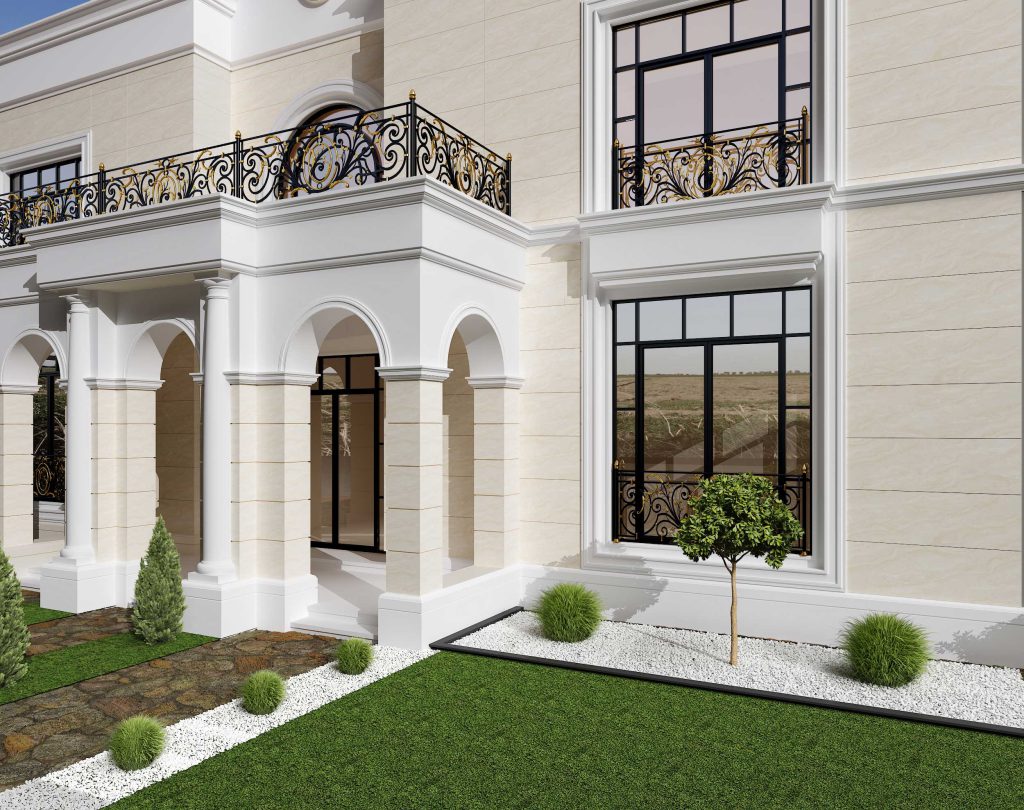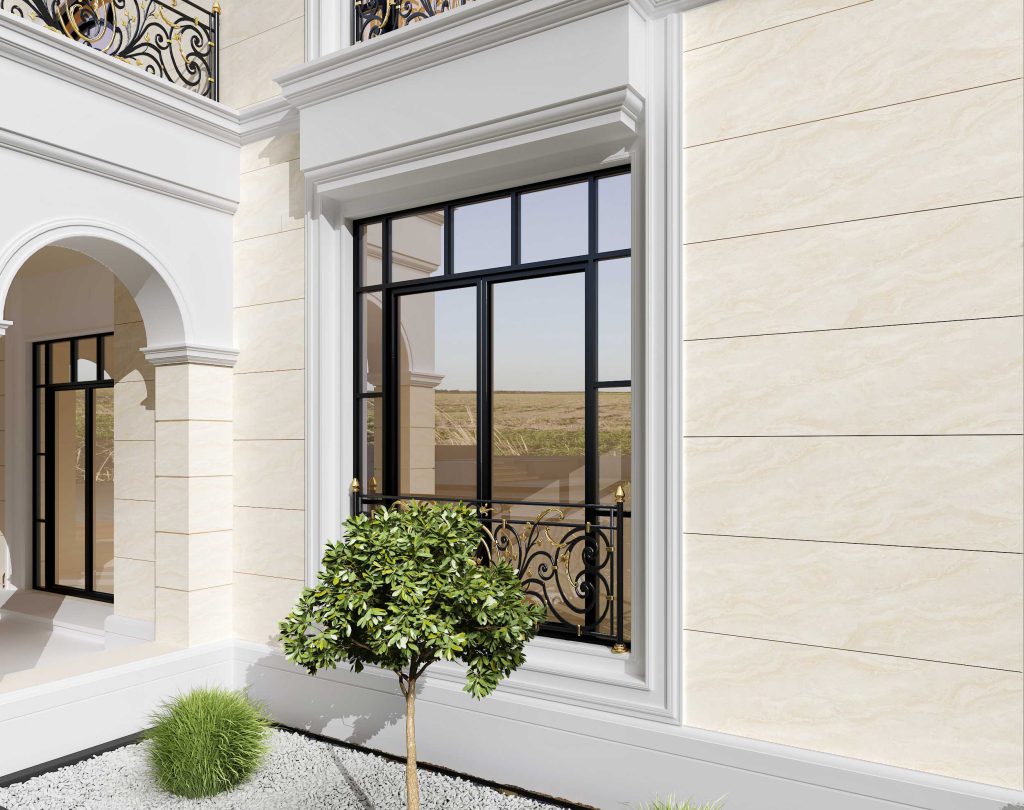Frequently Asked Questions
In the single firing method, the body of the tile and the glaze are fired at the same time and at a very high level. As a result, in this method, the tile enters the furnace and is baked only once.
In this method, the body of the tile is fired separately first, and after it is fired, the glaze is poured on the body of the tile and it is fired again in special ovens. This causes both the tile glaze and the tile body to be of higher quality.
This method has become very popular in recent years, which makes it possible to apply various decorations and designs on tiles. In this method, the tiles that are ready and fully baked are re-entered the oven so that the desired designs are also baked on them for the third time.
Porcelain is a uniform product with a white and dense color after firing, which is made from natural materials that are formed under high pressure and high temperature. Porcelain is a beautiful and valuable replacement with the best characteristics of a coating used in It is the facade and floor of buildings, and this product is the latest technology in the ceramic industry at the moment.
- High bending strength (two to three times that of granite stones)
- Low water absorption to less than 0.1% and resistance to frost (impenetrable compared to stone)
- High chemical resistance and resistance to staining (detergents and cleaners of acids and bases)
- High wear resistance (long life and high shine)
- High surface hardness (no surface scratches and maintaining beauty)
- Color stability against sunlight (which is caused by the lack of high radiation effect on its structure, which is not seen in tabaghi stones.)
- The ability to produce in different sizes and the existence of innovative and infinite designs and colors
- The ability to install by dry installation and facades and high-rise buildings (as an engineering tool, it has the ability to eat tools and install parts on it.)
- Being fireproof (it is resistant to fire and does not change its structure due to heat.)
- Difficult installation, heavy weight, high price
In the tile and ceramic industries, the term rectification means increasing the accuracy in the dimensions of the final product, as well as increasing the accuracy in the degree of smoothness of the products. By adding a step to the production process, we can produce rectified products. The most important feature of the rectified tile is that due to the uniform size, it allows seamless arrangement and continuous display of the design after the work is completed. As a result, you should use rectified products to have a seamless surface tiling after the work is finished.
There is another term called “chamfered tile”. If we want to know what chamfer tile actually is, we should refer to sizing the tile in the dimensions and sizes required by the customer with a special device.
The terms are different, but the following words all have the same meaning:
Caliber tile
Calibrated ceramic
Rectify tile
Rectify ceramic
Recti tile
Recetti ceramics
Chamfered tile
Squared ceramic
Squared tile
Chamfered ceramic
Laser tile
Laser ceramic
Seamless tile
Seamless ceramic
tile without strap
Ceramic without strap
Tile is one of the hardest floor and wall coverings, and it has recently been used as a facade, and in many cases it is a substitute for stone, and sometimes flooring is compared to ceramic tiles, both cheaper, lighter and harder than It is stone and the resistance to detergents and stains in ceramic tiles is better than stone.
The difference between wall and floor ceramics is related to its usage. The conditions for choosing floor ceramics should be done much more carefully than wall ceramics, for example, to choose floor ceramics, pay attention to factors such as weight and pressure tolerance, surface slipperiness and things like that; Because choosing ceramic flooring without considering the above will cause the life of your chosen product to be short and will cost you twice as much.
In addition to the level of strength, there are differences between the wall and the floor based on the type of design and ceramic texture. Because you can use three-dimensional and embossed ceramics to cover your wall, if it is not logical to use this type of ceramic tile as a floor covering.
In general, it is recommended to choose high-quality and durable tiles and ceramics for your wall and floor covering, so that they have a low maintenance cost and a longer lifespan.







